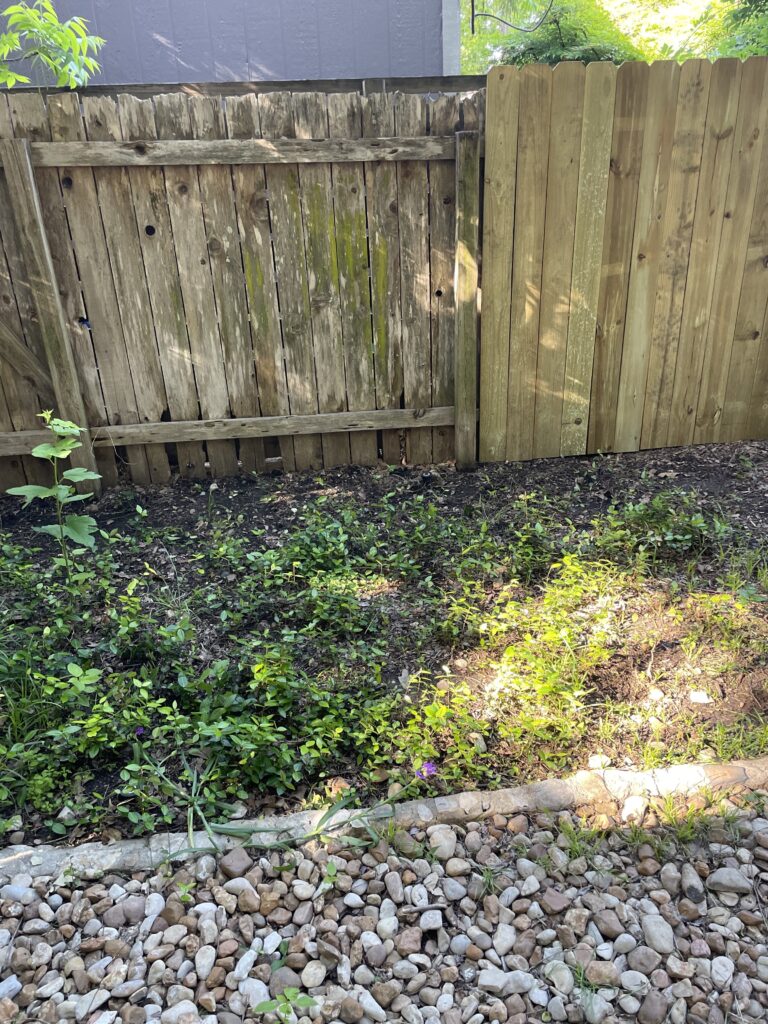Thriving in the Shade: Lessons in Growth and Leadership from Asiatic Jasmine, 4.9.2

Asiatic Jasmine is not native to central Texas, but it thrives here. Evergreen, hardy, heat- and drought-resistant, Asiatic Jasmine is a favorite ground cover plant for Texas. It tolerates direct sun and does particularly well in shade, which is important for those of us who live on heavily wooded lots.
Our 85-year-old house sits in a legacy neighborhood in the urban forest of Austin, and, despite living on a very small lot, we have 8.5 full-grown trees on our property. The “.5” tree is a very large oak that, while technically in our neighbor’s yard, spreads its branches over a third of our little cottage. The other eight trees cover the rest of the yard so much so that in the summers we have very little direct sunlight. Frustrating to my flower-loving wife, the only place we can grow any flowers is right out by the curb. The rest of the front and back yard are covered in too much shade.
When we moved into this fixer-upper more than ten years ago, we completely redid the front yard, and – at the advice of a friend who did landscape architecture – we planted Asiatic Jasmine under the trees right in front of our two front windows. True to form, it has thrived and looks great. It makes entry to our front door look cool, green, and inviting all summer long.
We liked it so much that when we embarked on upgrading our small backyard two years ago, we decided to plant this ground cover in the area against our back fence, only to find it looks terrible there! This 12×40 space, where we wanted Asiatic Jasmine to flourish, remains mostly dirt, with only a few thin, scrawny plants struggling for life among abundant seasonal weeds—or at least, that’s how it appears to me.
I was so concerned that I hired a professional landscaper to come out and help me understand what went wrong with this ground cover. He asked me how long ago we planted it. I told him it was two seasons ago. He nodded, smiled and walked back to his truck, where he wrote me a $65 receipt for his professional advice. His advice? “You don’t need to do a thing. It looks exactly like it should look. Asiatic Jasmine is hardy because it grows slowly. It puts down solid roots. It creates strong, interlaced branching at its base. As a result, it takes three years for it to really thrive. Your Asiatic Jasmine will look great – next year.” While this wasn’t the answer I wanted, I get it.
Asiatic Jasmine takes time. I can’t remember how long it took to spread in the front yard, but I do remember that it took longer than we wanted it to. In the meantime the weeds are getting worse against our back fence. The dogs are creating a muddy mess. The other plants are gaining a foothold. It’s a mess.

Asiatic Jasmine plant care sounds a bit like leadership growth, doesn’t it? We know it takes time. Issues seem to be getting worse. Team members are often creating mess after mess. Wrong ideas and wrong initiatives are gaining a foothold. It looks like a mess. But – underneath it all, if leaders are leading well, roots are growing. Connections are being strengthened. The better future will soon be blossoming. It just takes time. We’ve got one more area on our lot that needs an upgrade – a narrow, heavily shaded strip on the south side of our house that needs some shade tolerant ground cover. Asiatic Jasmine would be a great solution, provided we can wait three years.
Fellow Leader:
In which areas of your leadership growth journey are you ready to embrace patience, allowing growth to unfold in its own time?
What seeds of change can you sow today to cultivate a flourishing, more vibrant future?
